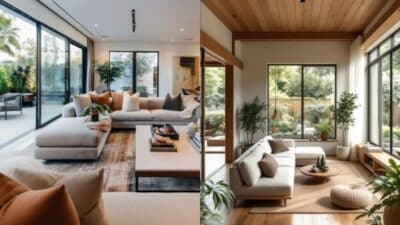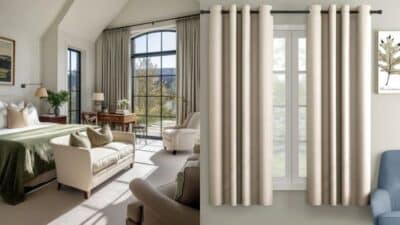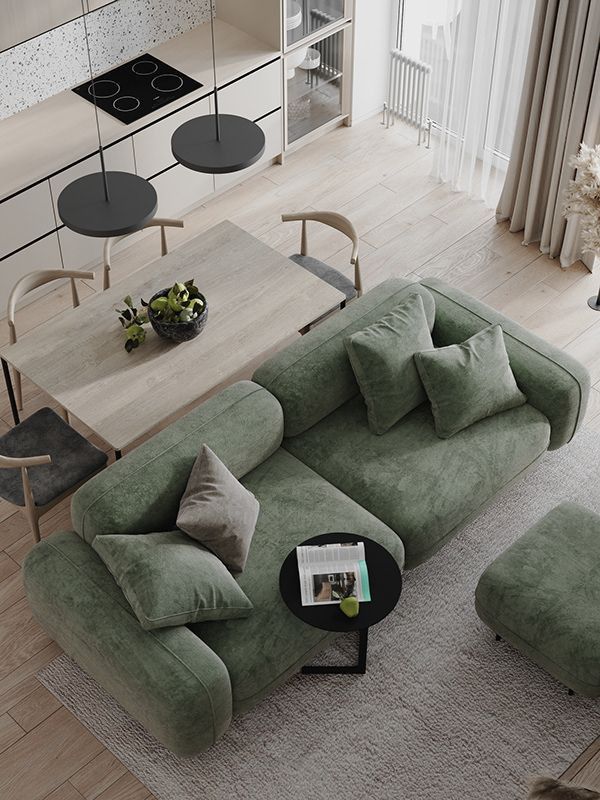

Creating a comfortable and stylish home doesn’t have to be difficult. Effective home interior design combines good planning with simple ideas to make any space both beautiful and practical. This post will help readers find easy ways to improve their home’s look and feel.
Many people think design is about expensive furniture or complex styles, but it’s often about small changes that make a big difference. From cozy living areas to smart kitchen layouts, there are many ideas that fit every style and budget.
By focusing on balance, color, and personal touches, anyone can create a space that feels inviting and works well for daily life. This guide offers clear tips and fresh ideas to inspire readers to make their homes better.
Key Takeaways
- Good design blends style with everyday function.
- Simple changes can improve any room’s comfort and look.
- Personal touches make a home unique and welcoming.
Fundamental Principles of Home Interior Design
Good interior design starts by using space effectively, creating visual balance, and choosing the right colors. These elements work together to make a room feel comfortable and inviting.
Understanding Space and Layout

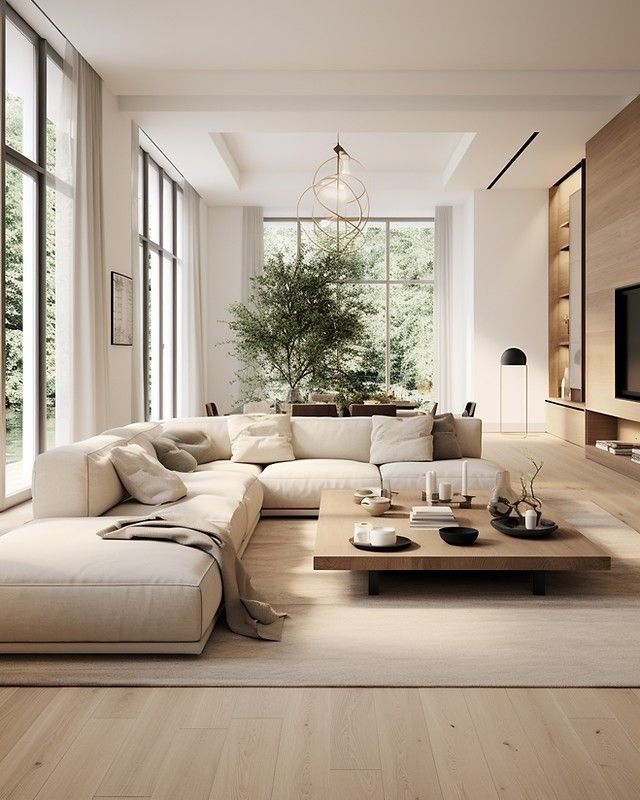
Space and layout determine how people move and use a room. It’s important to measure the area and plan furniture placement carefully.
Open layouts help rooms feel larger, while defined areas give purpose to each space. Avoid crowding furniture; leave enough space for easy movement.
Consider the function of the room. Living rooms need seating centered around conversation, while kitchens require easy access to appliances.
Using zones can organize a multi-purpose room. For example, a small desk area in a living room creates a work zone without cluttering the space.
Balance and Harmony
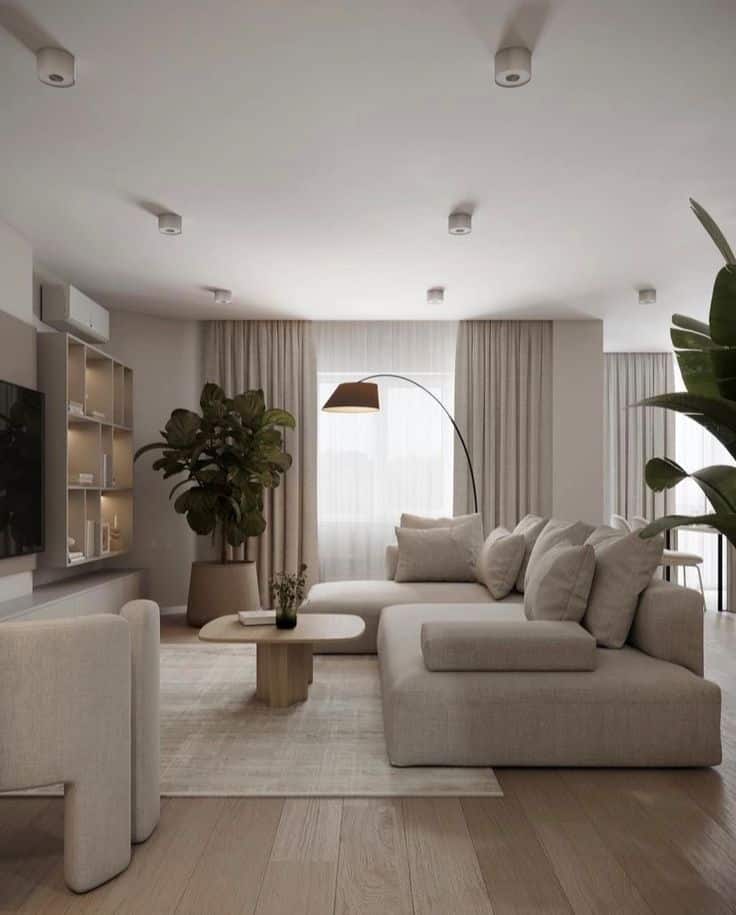
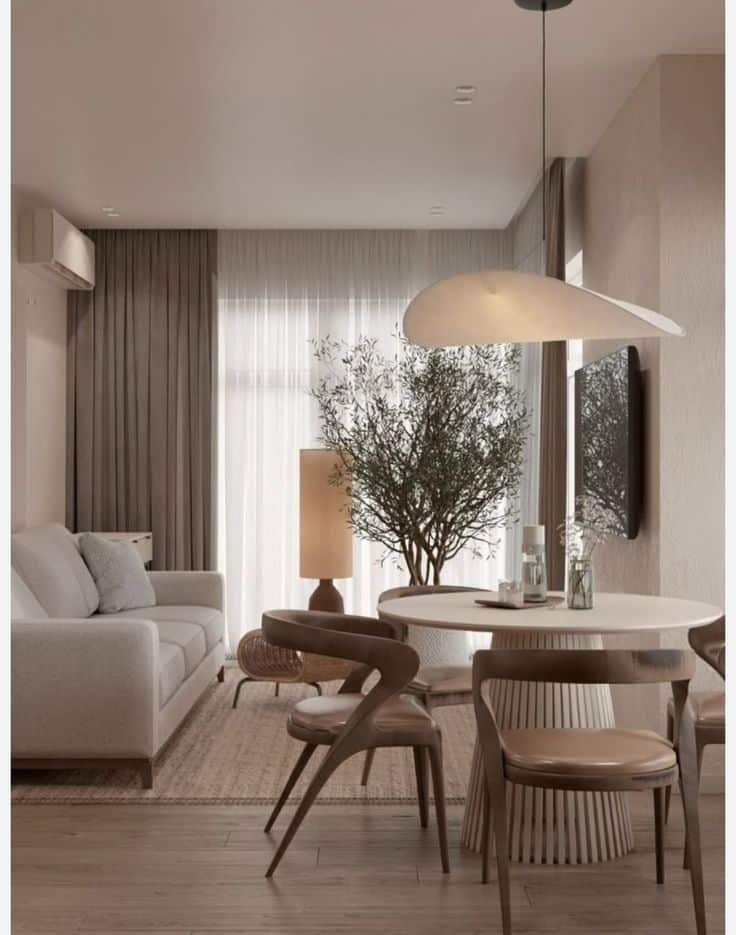
Balance means distributing visual weight so the room feels stable. This can be symmetrical, with matching items on each side, or asymmetrical, where different pieces balance by size or color.
Harmony happens when colors, textures, and shapes work well together. Keep styles consistent to prevent a chaotic look.
Furniture size should match the room size. Oversized pieces can overwhelm small rooms, while tiny furniture can look out of place in larger spaces.
Mix materials like wood, metal, and fabric to add interest. But keep the overall look simple and connected for harmony.
Color Theory in Interiors

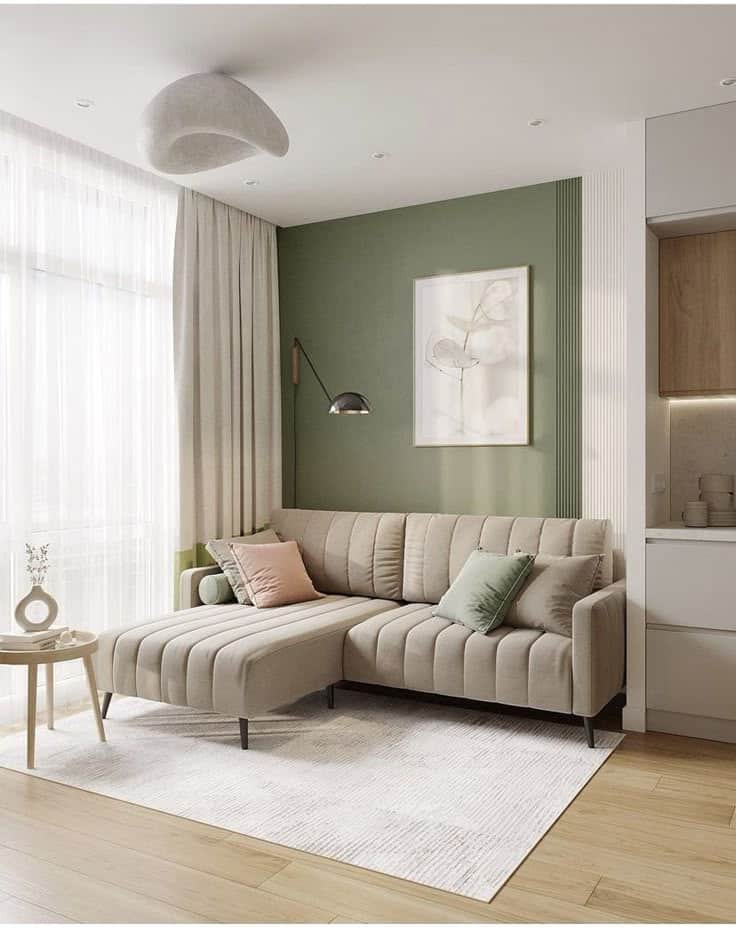
Colors affect how a room feels. Warm colors like red and orange create energy, while cool colors like blue and green calm a space.
Light colors make rooms feel larger, dark colors add coziness. Neutral tones like beige, gray, and white provide a flexible backdrop.
Use a color scheme:
- Monochromatic uses shades of one color.
- Analogous combines colors next to each other on the color wheel.
- Complementary mixes opposite colors for contrast.
Limit bold colors to accents to avoid overwhelming the room. Paint, furniture, and décor together build the color story.
Living Room Design Ideas
A well-designed living room balances comfort and style. It can create a welcoming space by focusing on layout, focal points, and color.
Open Concept Planning

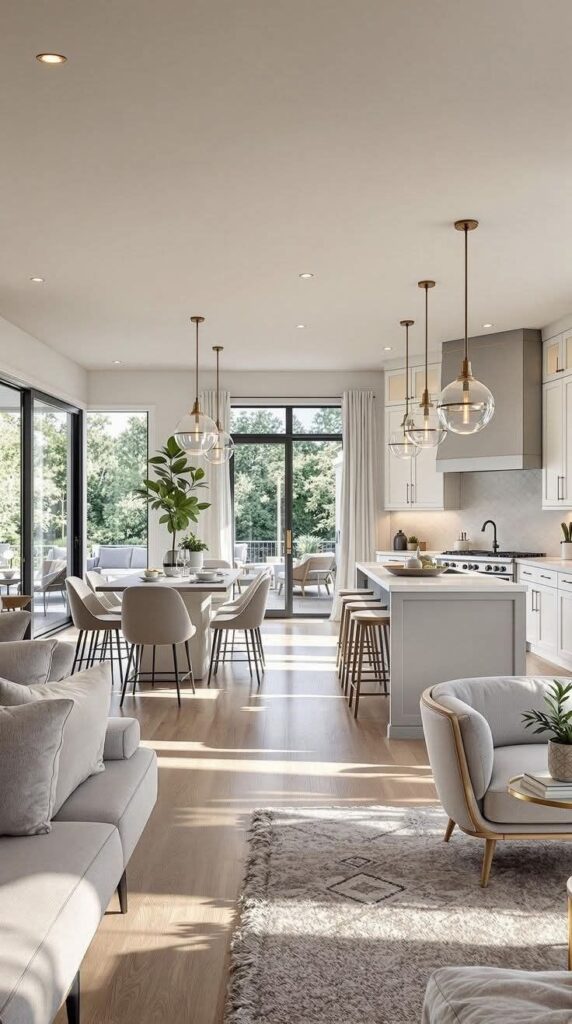
Open concept layouts remove walls between the living room and adjacent spaces like the kitchen or dining room. This design makes the area feel larger and lets natural light spread easily.
Furniture placement is key. Group seating to encourage conversation, but keep walkways clear to maintain flow. Rugs help define spaces without blocking sight lines.
Using similar color tones across rooms creates unity. Adding different textures or materials in each zone keeps the design interesting yet connected.
Statement Furniture Pieces

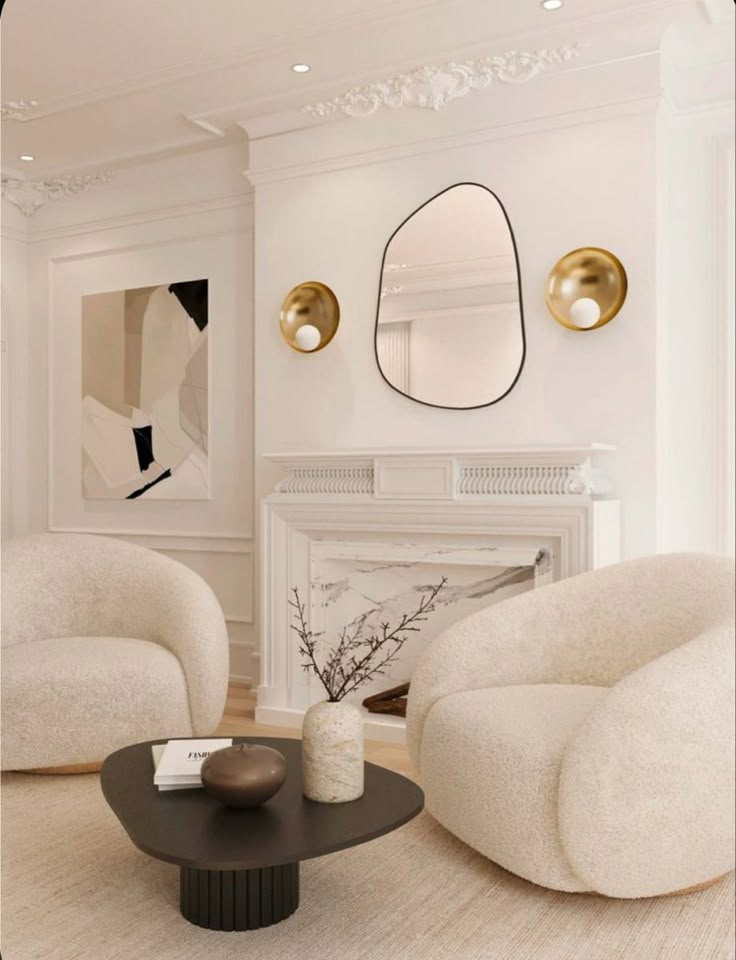
Adding one or two standout pieces can define the living room’s style. A bold sofa in a unique shape or vibrant color will draw attention.
Other options include a large coffee table with an unusual design or sculptural chairs. These pieces should be functional and fit the room’s scale.
Balance statement furniture with simpler items so the room doesn’t feel overcrowded. Accessories like cushions or lamps can tie the look together without competing for attention.
Accent Walls

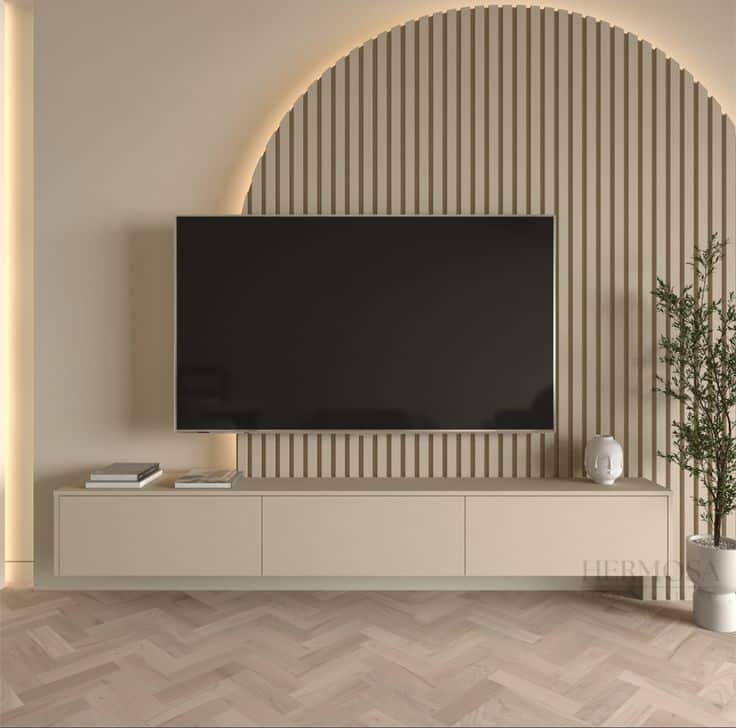
Accent walls bring visual interest without overwhelming the space. Choosing one wall to highlight can add depth and personality.
Popular options include painting the wall a contrasting color, using wallpaper with a bold pattern, or applying wood panels for texture.
It’s best to pick a wall that naturally draws the eye, such as behind a sofa or fireplace. Keep the rest of the room’s walls neutral to maintain balance.
Bedroom Interior Solutions
A well-designed bedroom balances comfort and style. The right lighting improves mood and function. Thoughtful headboard and bedding choices create a focal point. Personalized decor adds unique character to the space.
Optimal Lighting Techniques

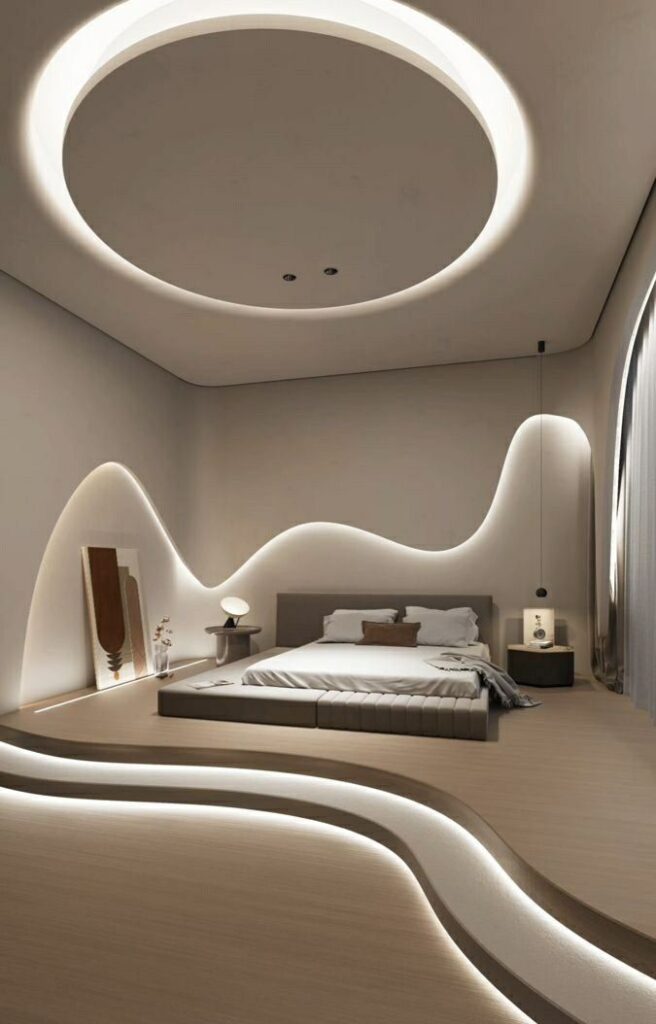
Lighting in a bedroom should mix natural and artificial sources. Natural light helps regulate the body’s clock. For artificial light, layering is key: use overhead lights for general brightness, task lights for reading, and ambient lamps for mood.
Dimmable switches are useful for adjusting light levels. Warm-colored bulbs around 2700K create a relaxing atmosphere. Avoid harsh white lights as they can feel cold.
Placement matters. Bedside lamps or sconces save space while offering focused light. Position lights to avoid glare in the eyes while reading.
Headboard and Bedding Choices
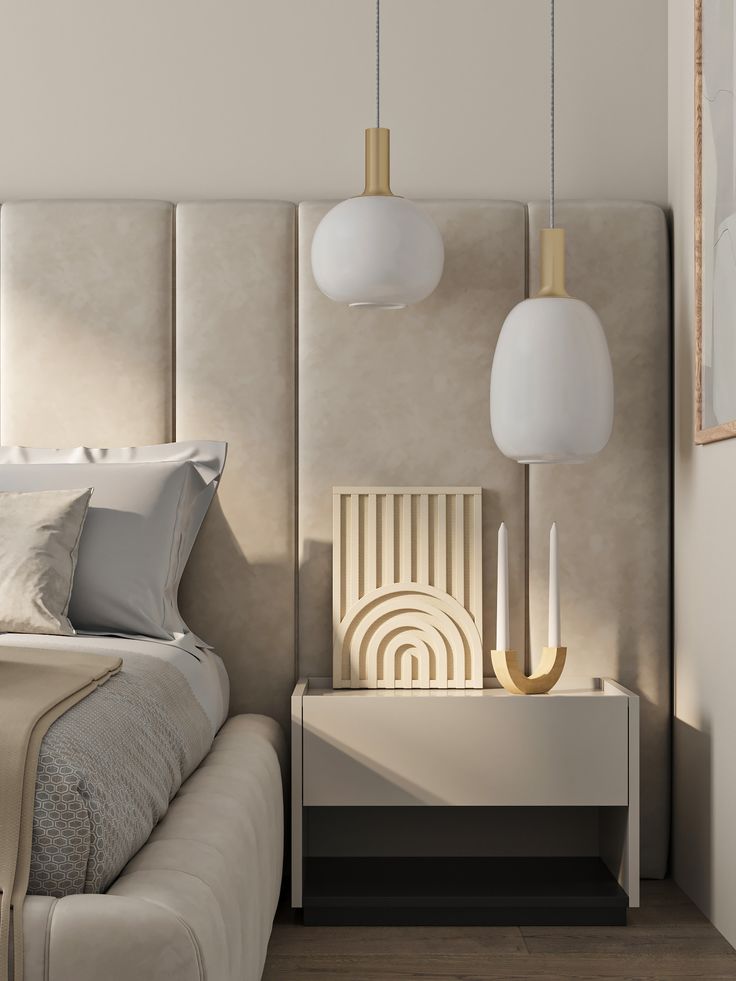
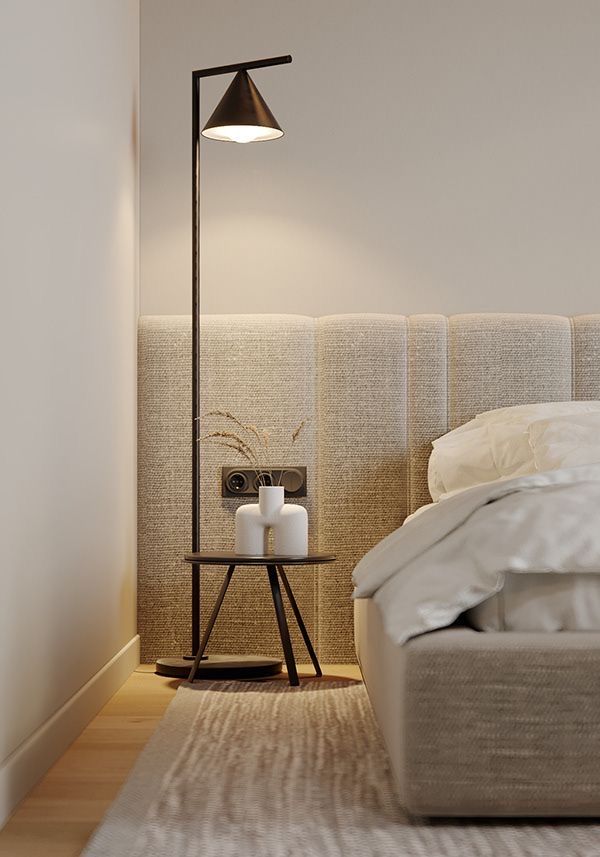
The headboard is a major design element and can transform the room’s look. Upholstered headboards add softness and comfort. Wood or metal headboards suit minimalist or rustic styles.
Bedding should match the room’s color scheme. Using layers such as sheets, blankets, and comforters adds depth and warmth. Choose materials like cotton or linen for breathability.
A mix of pillows in different sizes and patterns can make the bed inviting. Keep the bedding clean and well-maintained to enhance the room’s feel.
Personalized Decor Elements
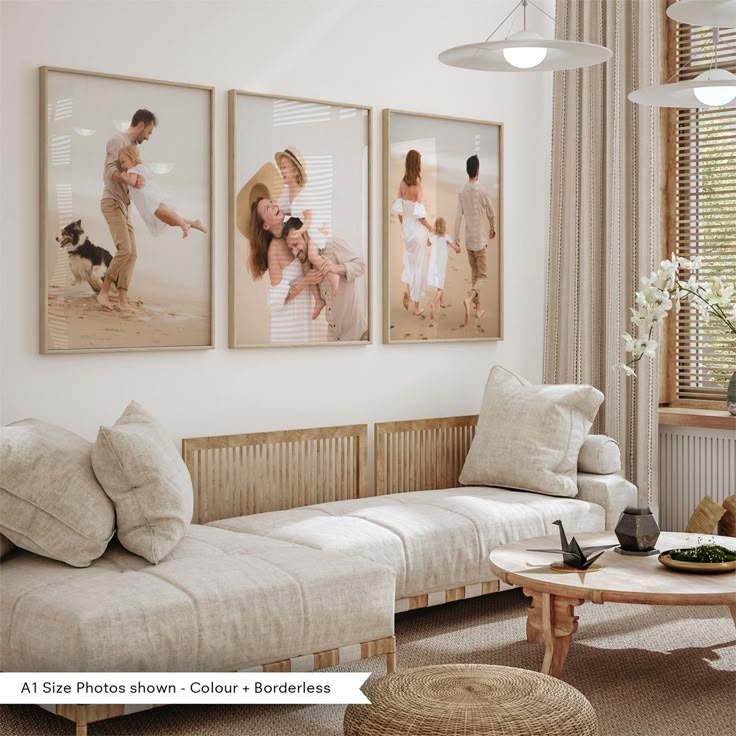
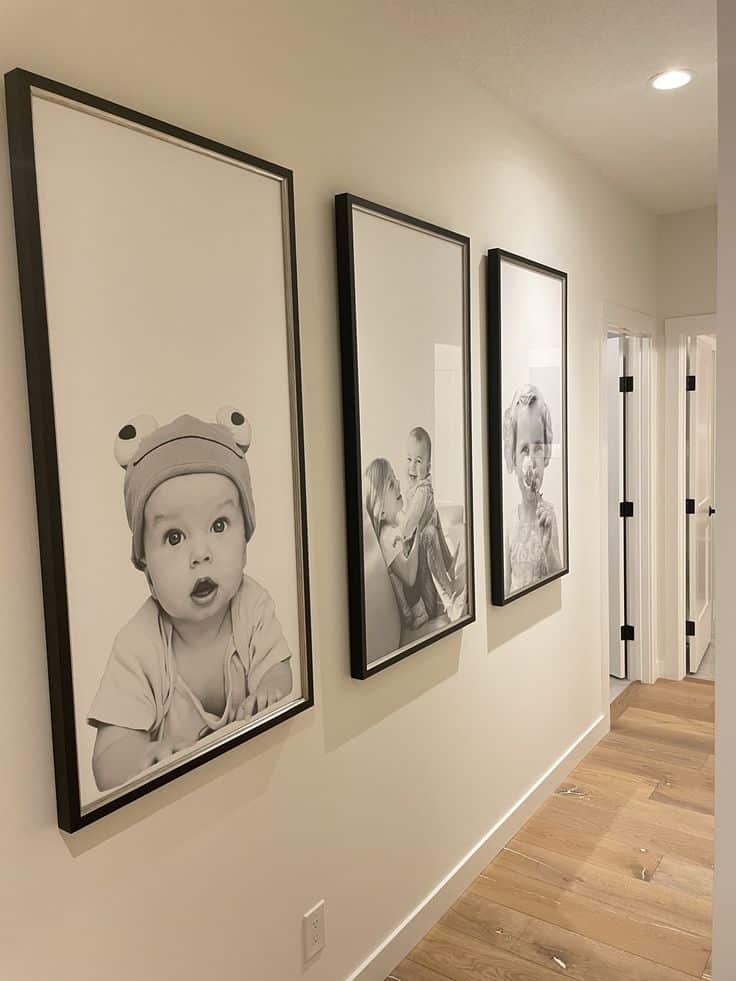
Personal touches make a bedroom feel lived-in and welcoming. Photos in simple frames or artwork reflect personality without crowding space.
Small plants improve air quality and add natural color. Use rugs, throw blankets, or cushions with patterns that fit the style.
Storage solutions like baskets or decorative boxes keep clutter out of sight. These details combine to create a space that is both functional and unique.
Functional Kitchen Design Concepts
A well-planned kitchen improves both cooking efficiency and comfort. Good design uses space wisely, keeps tools within reach, and selects durable materials for work surfaces.
Ergonomic Layouts
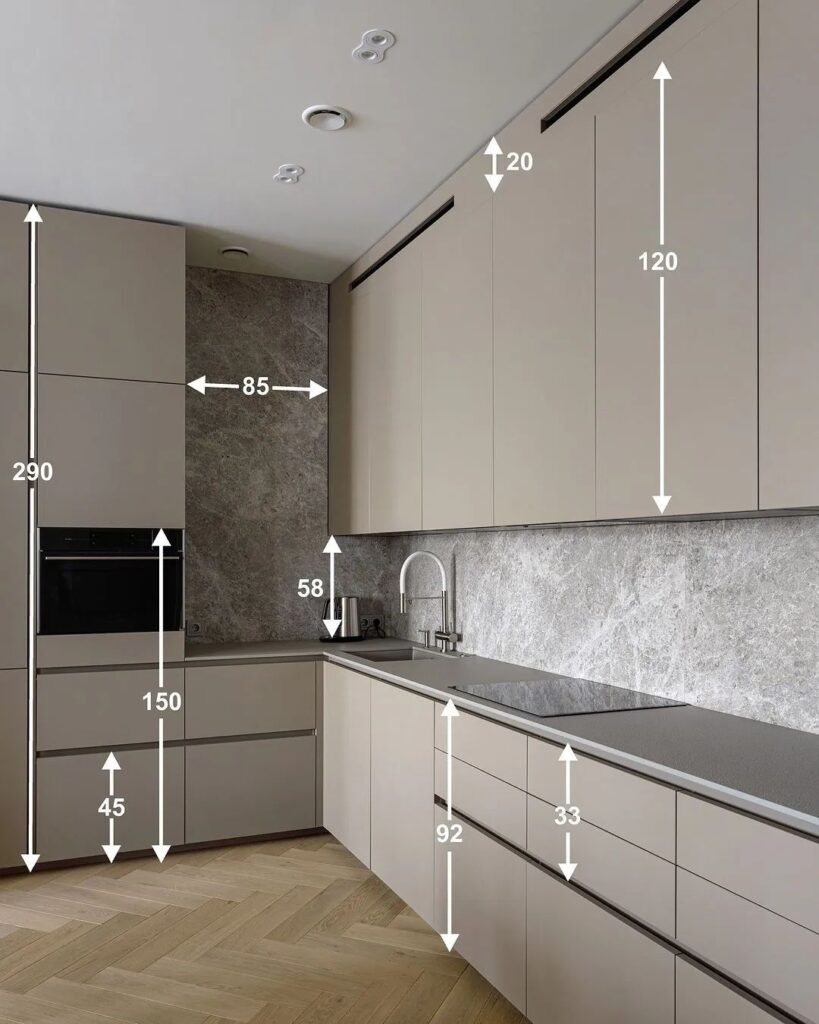
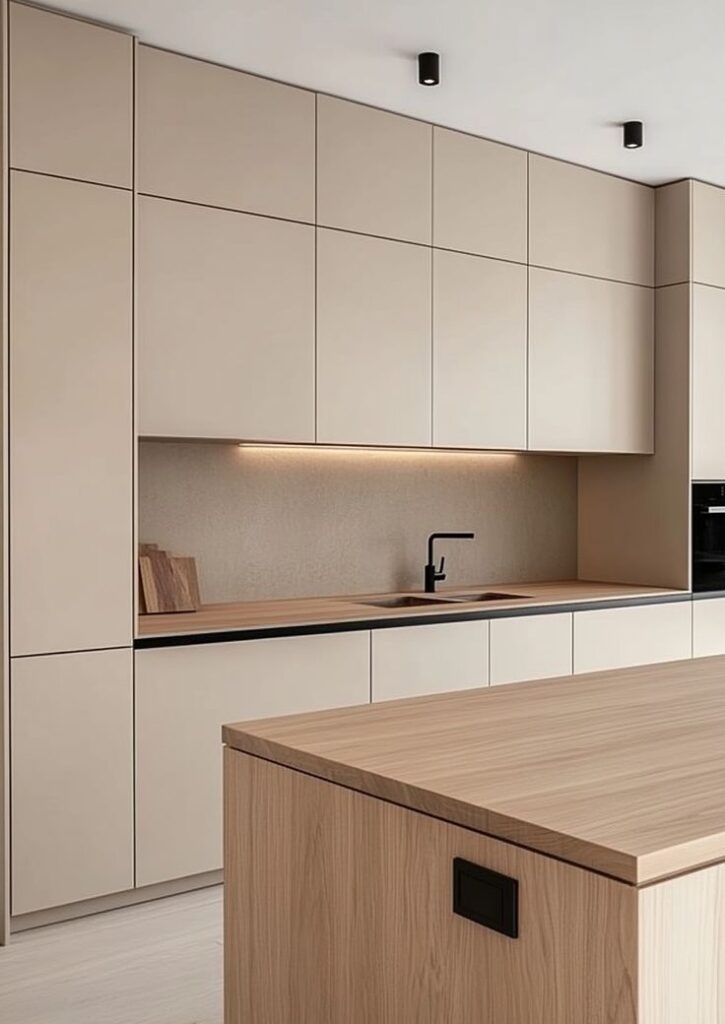
Ergonomic kitchen layouts focus on reducing unnecessary movement while cooking. The most popular is the “work triangle,” which connects the stove, sink, and refrigerator. This layout limits walking distance between key areas.
Counters should be at a comfortable height, usually between 34 to 36 inches, to prevent strain. Cabinet handles and appliances placed at easy-to-reach heights also improve usability.
Adequate lighting at work spots helps reduce eye strain. Adding pull-out shelves or lazy Susans in corner cabinets makes accessing items easier, reducing bending and stretching.
Smart Storage Solutions
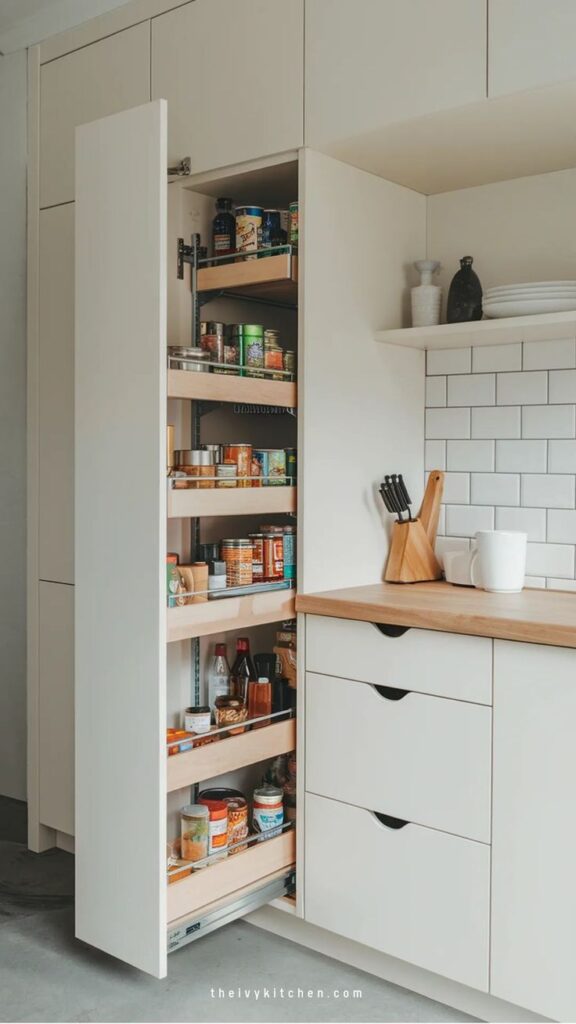

Smart storage maximizes space and keeps kitchen items organized. Vertical storage, like tall cabinets and wall shelves, uses unused space efficiently. Deep drawers work better than lower cabinets for storing pots and pans because they provide easier access.
Dividers in drawers keep utensils and tools separate, making items faster to find. Pull-out pantry shelves bring stored food out into view. Hooks or magnetic strips on walls hold knives and utensils while freeing up drawer space.
Clear containers for dry goods help track usage and keep food fresh longer. Labeling shelves or containers reduces confusion and speeds up meal prep.
Modern Countertop Materials
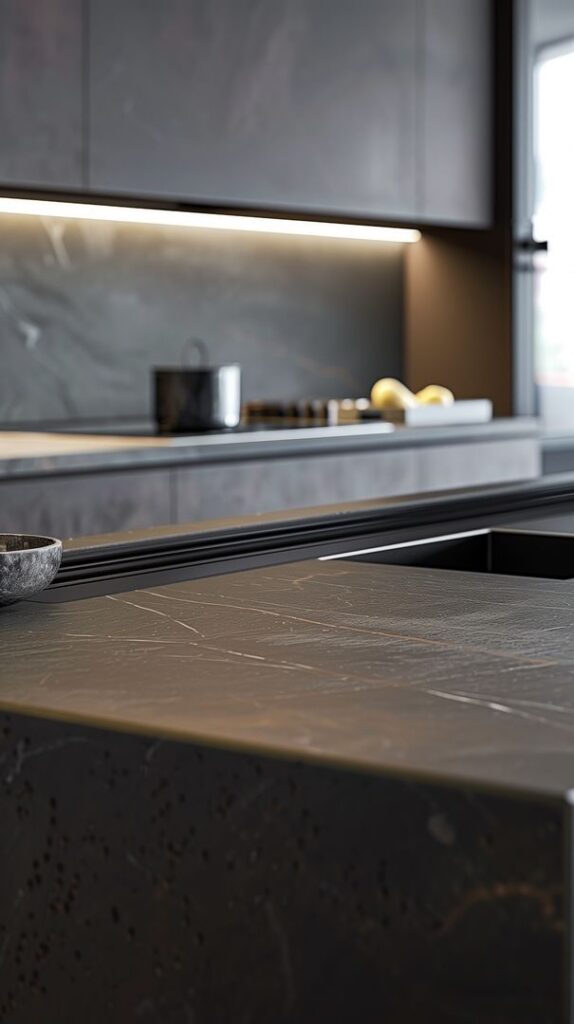
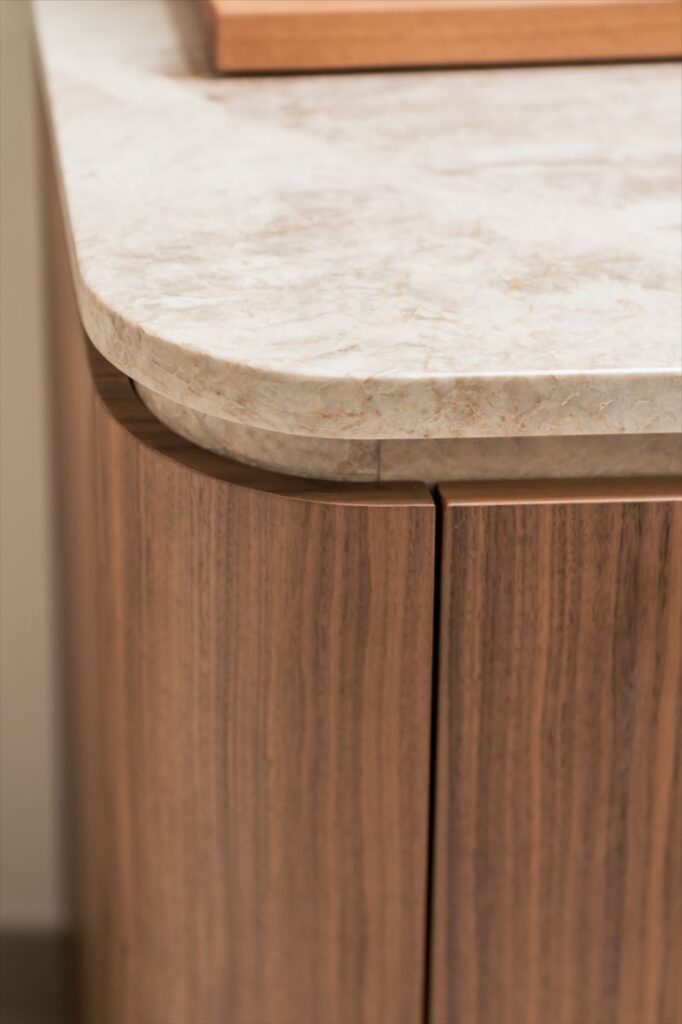
Selecting the right countertop material balances durability, maintenance, and appearance. Quartz is a popular choice because it resists stains, scratches, and heat. It requires little upkeep compared to natural stone.
Granite offers unique natural patterns and is heat resistant but needs regular sealing to avoid stains. Laminate is budget-friendly and available in many colors but is less durable against scratches and heat.
Concrete and stainless steel are durable and modern options, though concrete may develop cracks and steel can show fingerprints. Choosing material depends on kitchen use, style, and care preferences.
Bathroom Styling Ideas
A stylish bathroom balances comfort, space, and practical choices. Key points include creating a calm atmosphere, making the most of limited space, and choosing the right fixtures for functionality and design.
Spa-Like Features
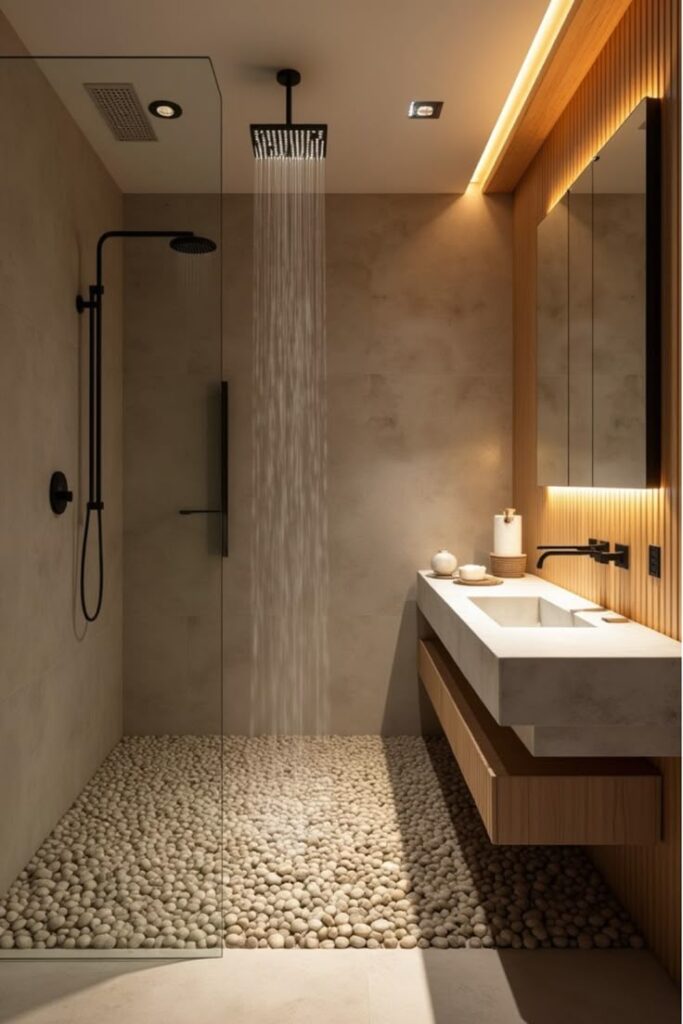
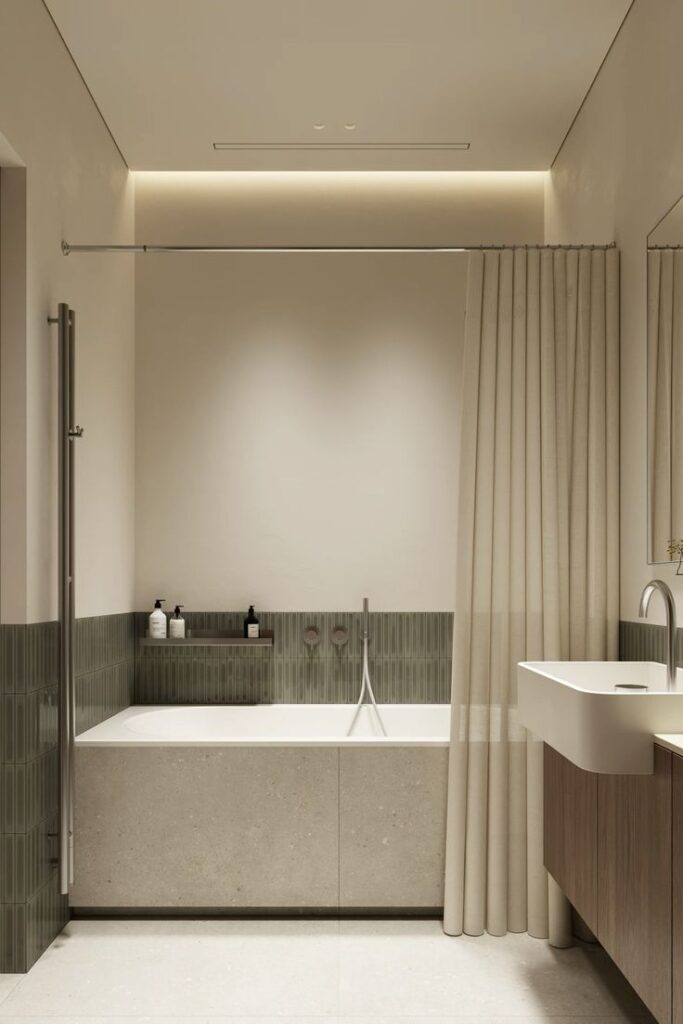
Adding spa-like features means focusing on relaxation and simplicity. Soft lighting and warm colors create a calm feel.
Materials like natural stone or wood add texture and warmth. A rainfall showerhead or a deep soaking tub improves comfort.
Small touches such as scented candles, plush towels, and plants enhance the spa vibe. Using minimal decoration keeps the space uncluttered and serene.
Efficient Use of Space
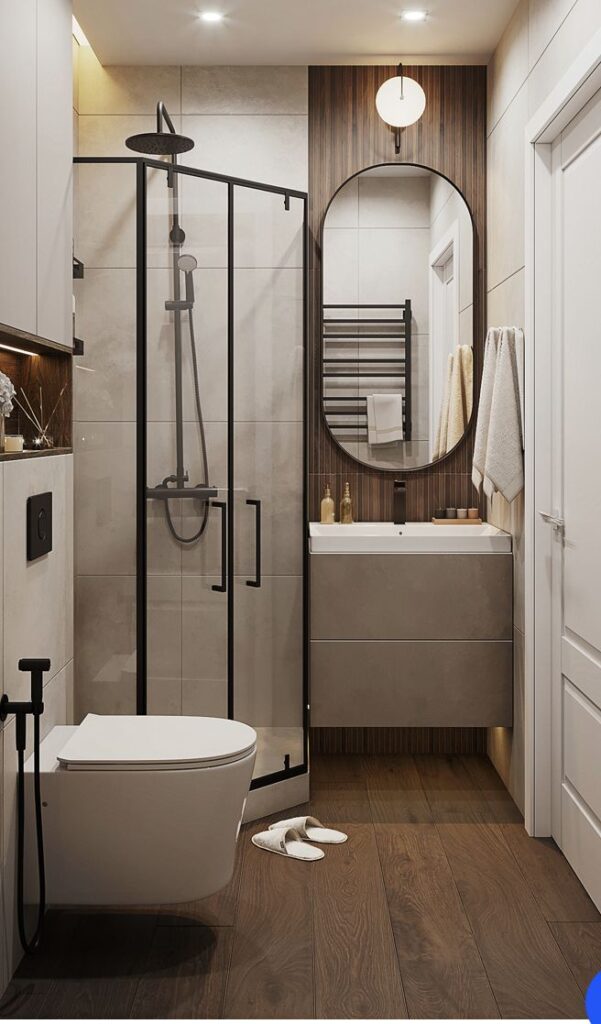
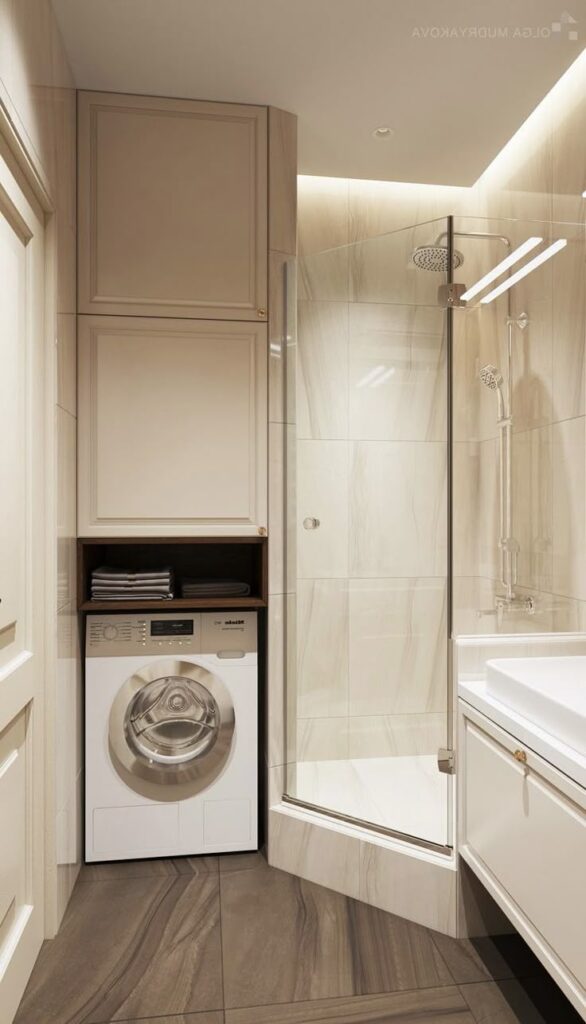
Small bathrooms benefit from smart layouts that maximize every inch. Wall-mounted sinks and toilets save floor space.
Storage solutions such as floating shelves or recessed medicine cabinets reduce clutter. Mirrors can visually expand the room by reflecting light.
Using light colors on walls and tiles also brightens the area, making it feel larger. Sliding doors or pocket doors work well in tight spaces.
Fixture and Fitting Selections
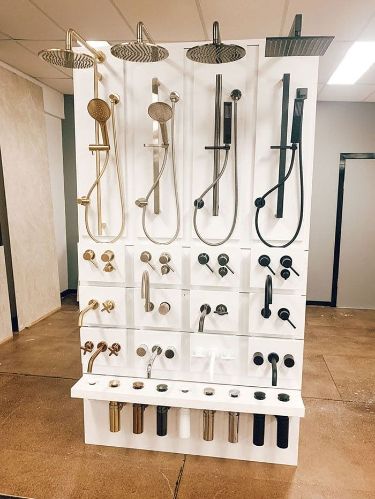

Choosing the right fixtures is crucial for style and function. Matte black or brushed nickel finishes offer modern looks with less visible wear.
Faucets with single handles simplify temperature control. Low-flow toilets and showerheads save water without sacrificing performance.
Hardware should fit the bathroom’s theme but also be durable. Quality fittings reduce maintenance needs and improve daily use.
Incorporating Natural Elements
Using natural elements in home design creates a calm and inviting space. This includes adding plants, bringing in more sunlight, and choosing materials that are kind to the environment. These choices help make rooms feel fresher and more balanced.
Indoor Greenery
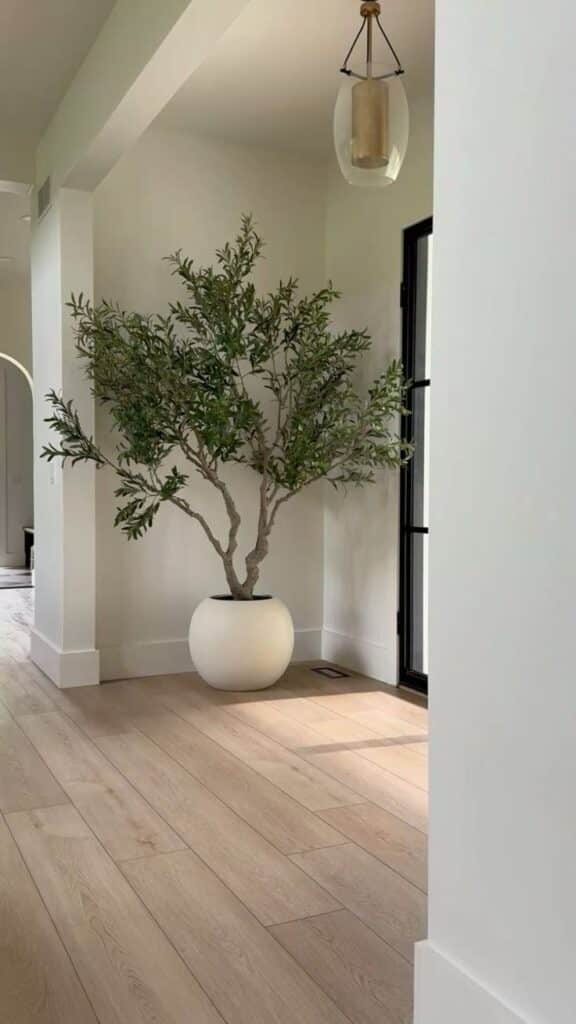

Plants improve air quality and add life to any room. Common houseplants like snake plants, pothos, and spider plants are easy to care for and thrive indoors. Small potted plants can fit on shelves or windowsills, while larger plants work well in corners.
Using a variety of shapes and sizes creates visual interest. Hanging planters or vertical gardens save space and bring greenery to eye level. Regular watering and proper light help plants stay healthy and vibrant.
Natural Light Enhancement
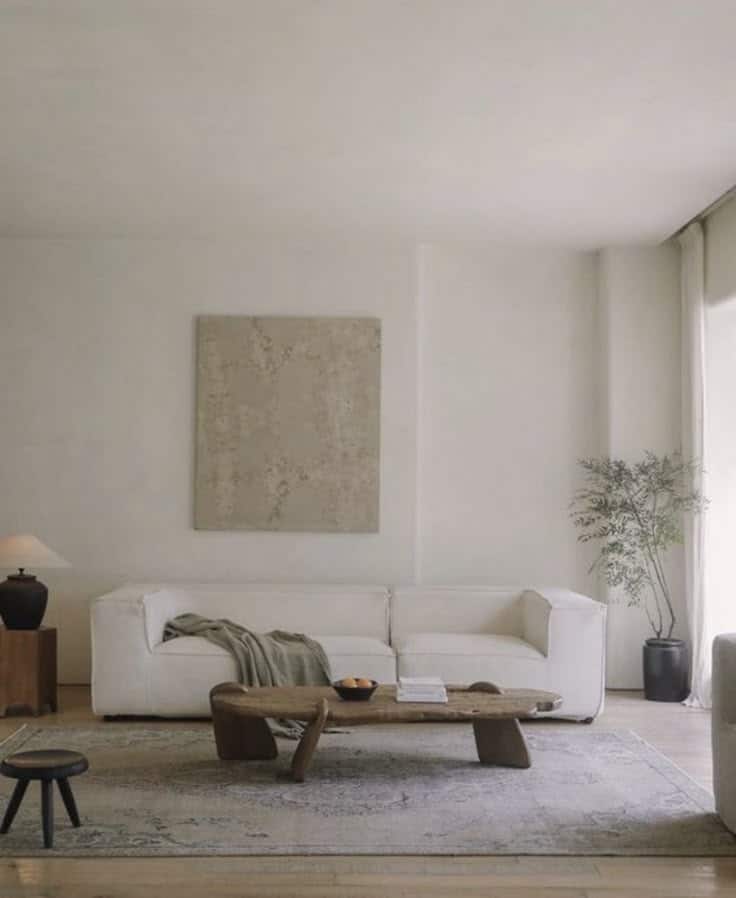
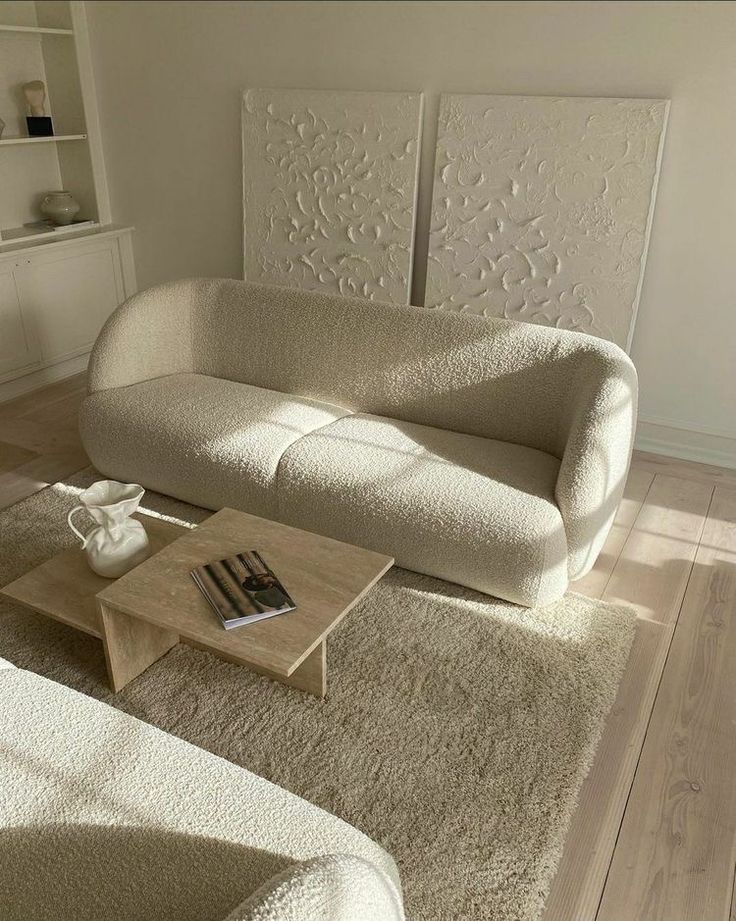
Maximizing natural light makes rooms brighter and more welcoming. Sheer curtains or blinds let in sunlight while reducing glare. Placing mirrors opposite windows can reflect light deeper into the room.
Choosing light-colored walls and furniture helps brighten the space further. Avoid blocking windows with large furniture pieces. Skylights or glass doors are also effective ways to increase sunlight indoors.
Eco-Friendly Materials
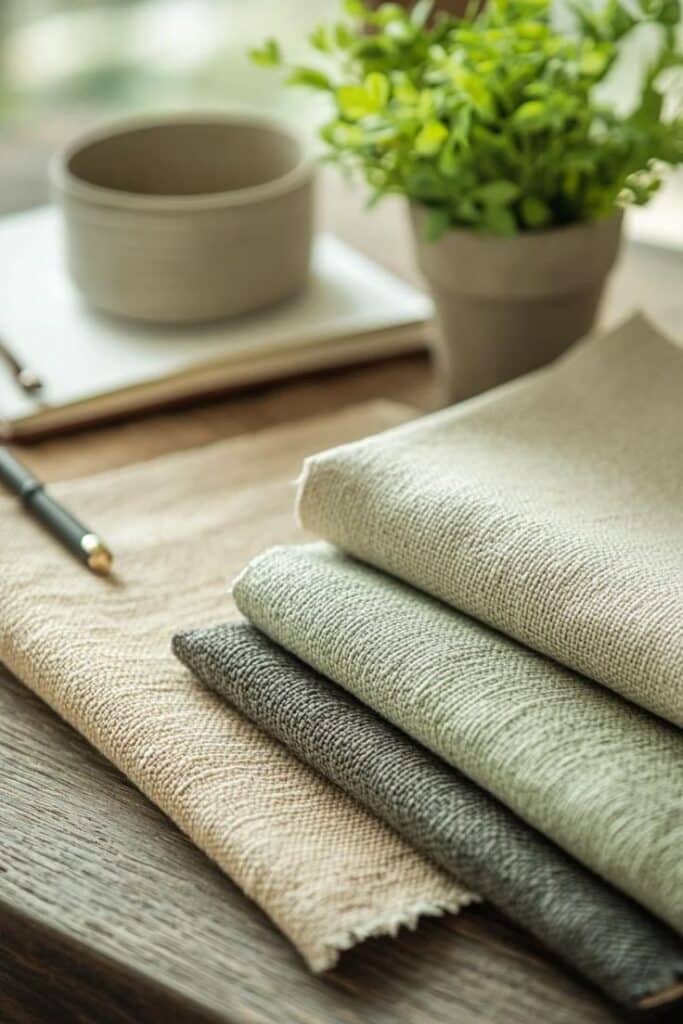
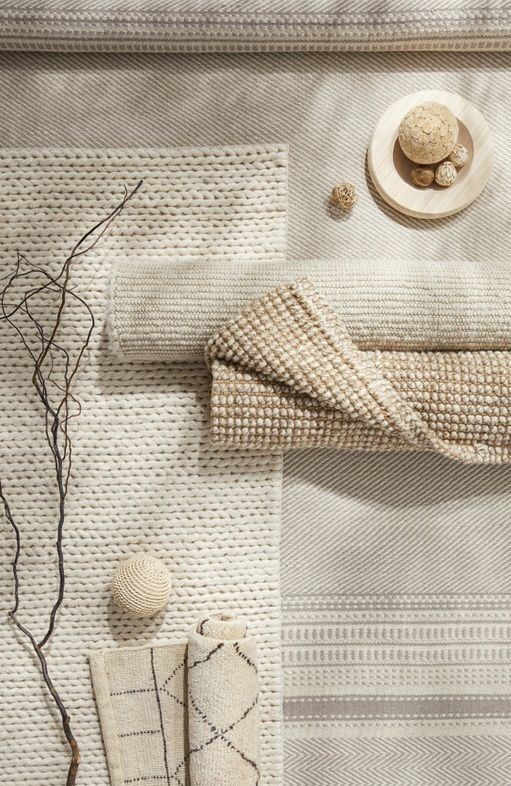
Selecting eco-friendly materials supports sustainability and can improve indoor air quality. Bamboo flooring and cork tiles are durable and renewable options. Recycled wood and reclaimed furniture reduce waste.
Using low-VOC paints and finishes limits harmful chemicals. Natural fabrics like cotton, linen, and wool offer breathable, non-toxic choices for upholstery and curtains. These materials combine durability with a smaller environmental footprint.
Creative Use of Color and Texture
Color and texture can transform a room by adding depth and personality. Using bold or subtle colors alongside varied textures helps create interest and balance. Smart choices in these areas highlight key features without overwhelming the space.
Accent Colors
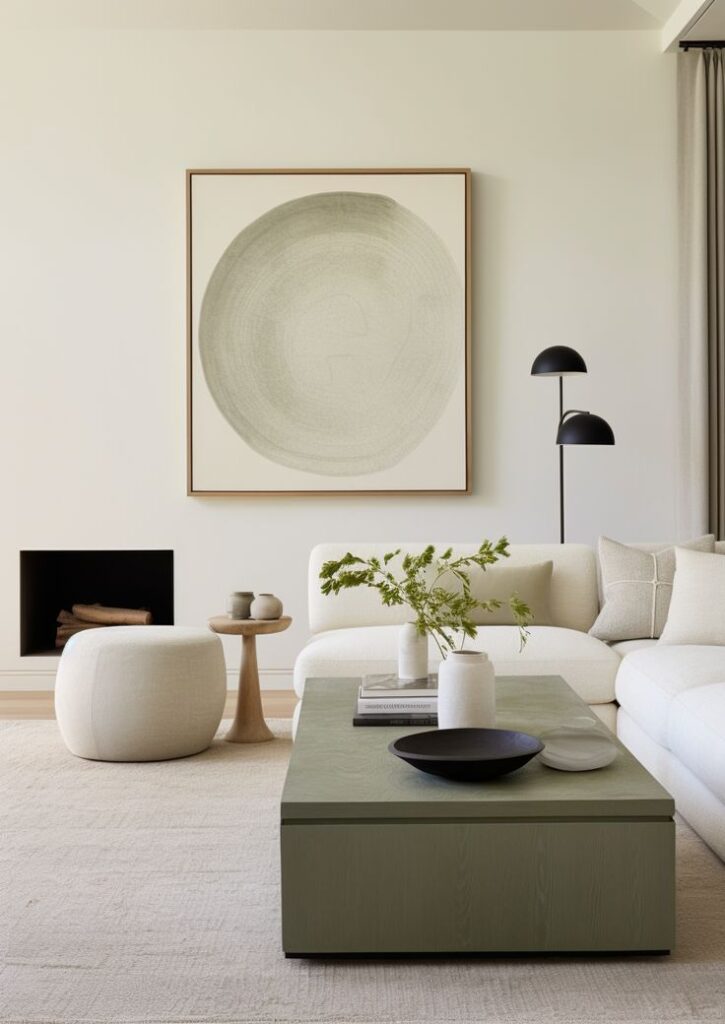
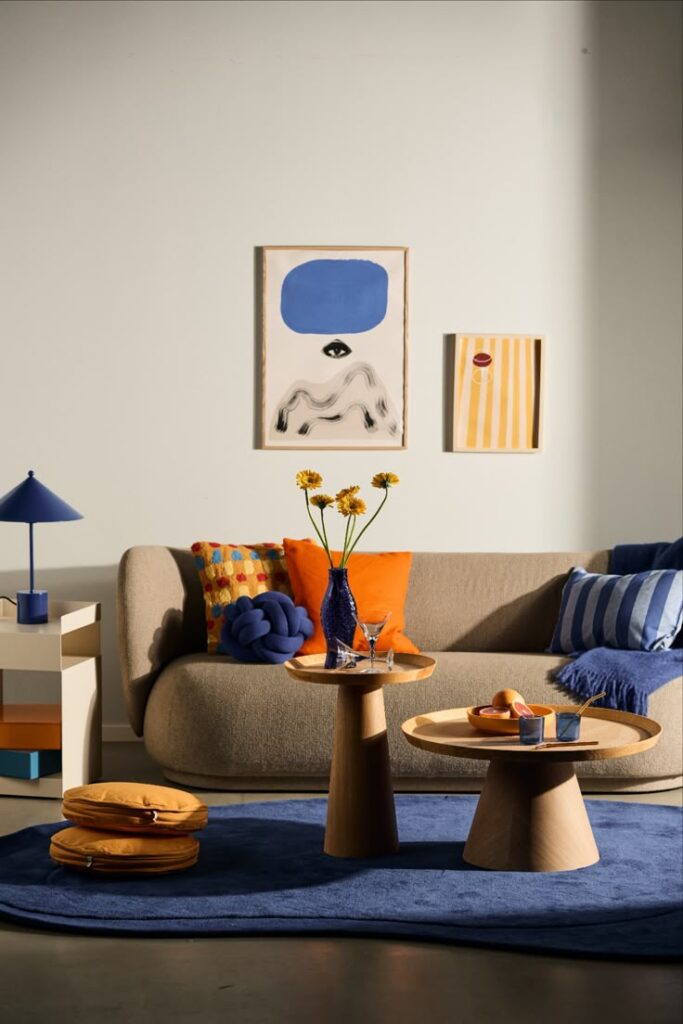
Accent colors are used to draw attention to certain areas or items in a room. These colors contrast with the main color scheme but do not clash. For example, if a room’s walls and furniture are neutral tones, an accent color like deep blue or burnt orange can be introduced in pillows, vases, or artwork.
The key is to limit accent colors to about 20-30% of the room’s palette. This prevents the space from feeling too busy or chaotic. Accent colors should complement the base colors to enhance harmony.
Mixing Materials
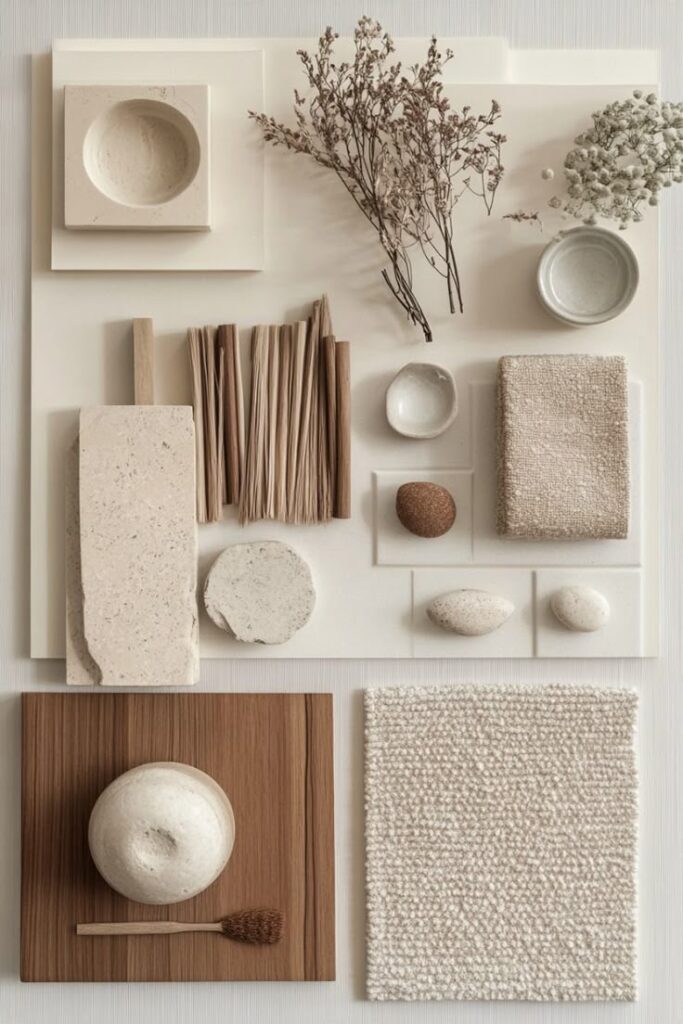
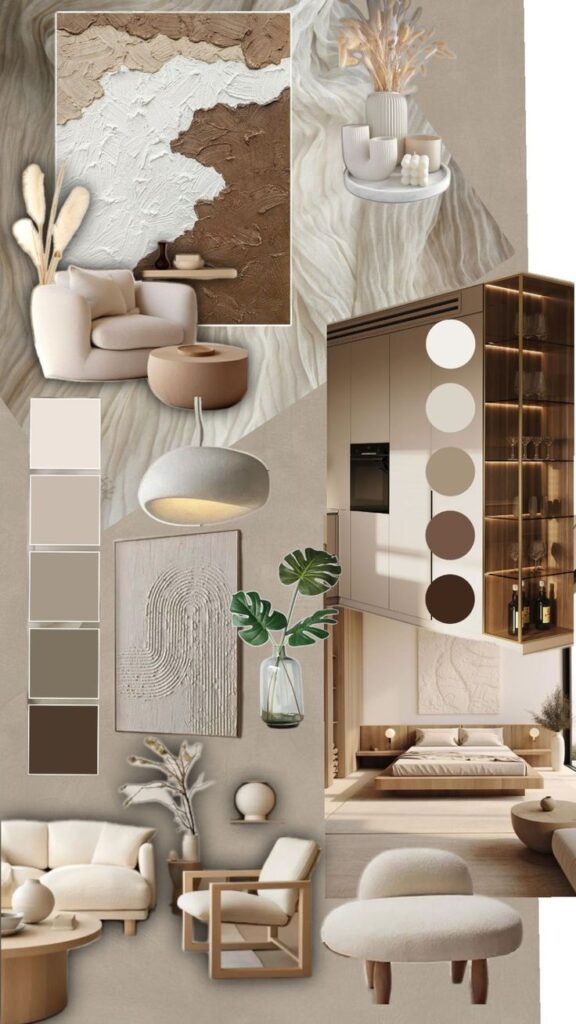
Mixing different materials adds texture and visual interest. Combining wood, metal, glass, and fabric can create a balanced and layered look. A wooden table with metal legs next to a glass lamp and fabric chairs adds contrast and richness without overcomplicating the design.
Materials with varied finishes, like matte, glossy, or rough, contribute to the tactile experience of a room. Using materials with different properties also helps define functional zones within open spaces.
Layered Textiles
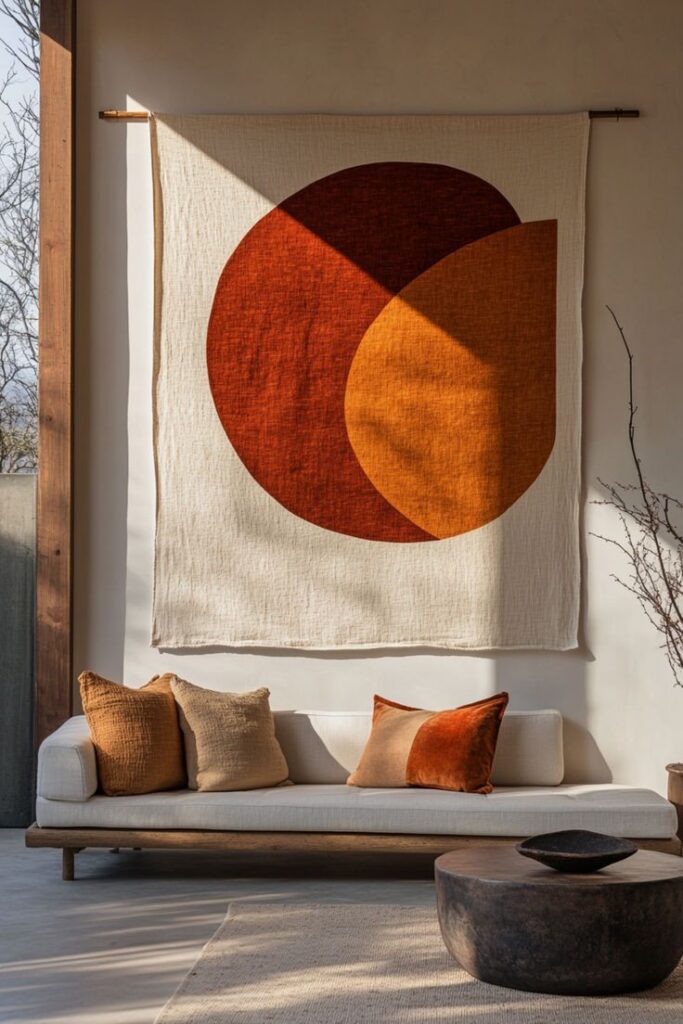

Layered textiles introduce warmth and softness. Using rugs, throws, cushions, and curtains in different fabrics and patterns builds a cozy environment. For example, a wool rug layered over a sisal carpet adds softness and durability.
Mixing textures—like velvet cushions with cotton throws or linen curtains—adds dimension to the space. Colors in textiles should align with the overall color story to keep the look unified. Layering also allows easy seasonal updates by changing items.
Maximizing Small Spaces
Using furniture that serves more than one purpose and smart storage solutions can help make small rooms feel larger and more functional. Making the best use of every inch is key to comfortable living in limited space.
Multi-Functional Furniture
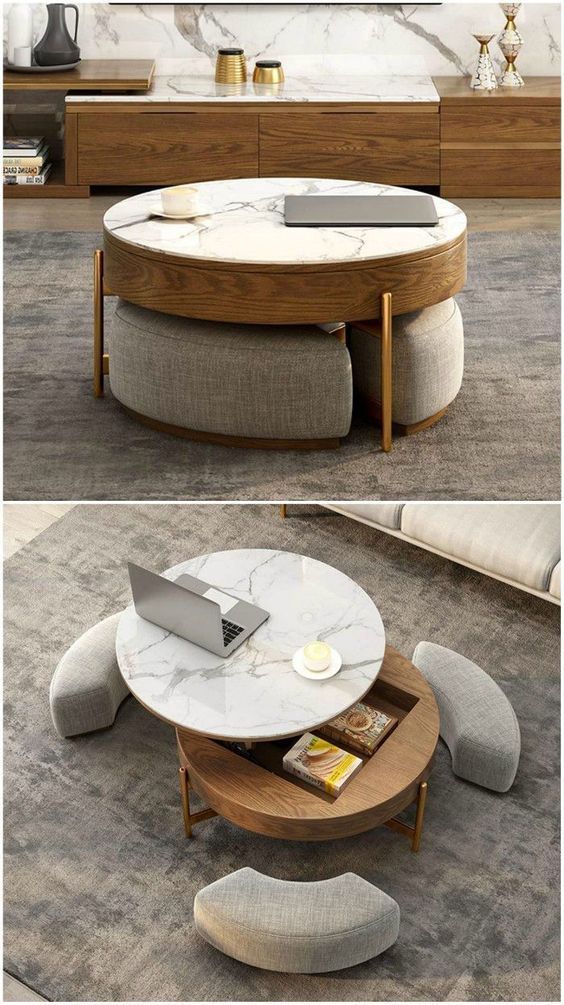
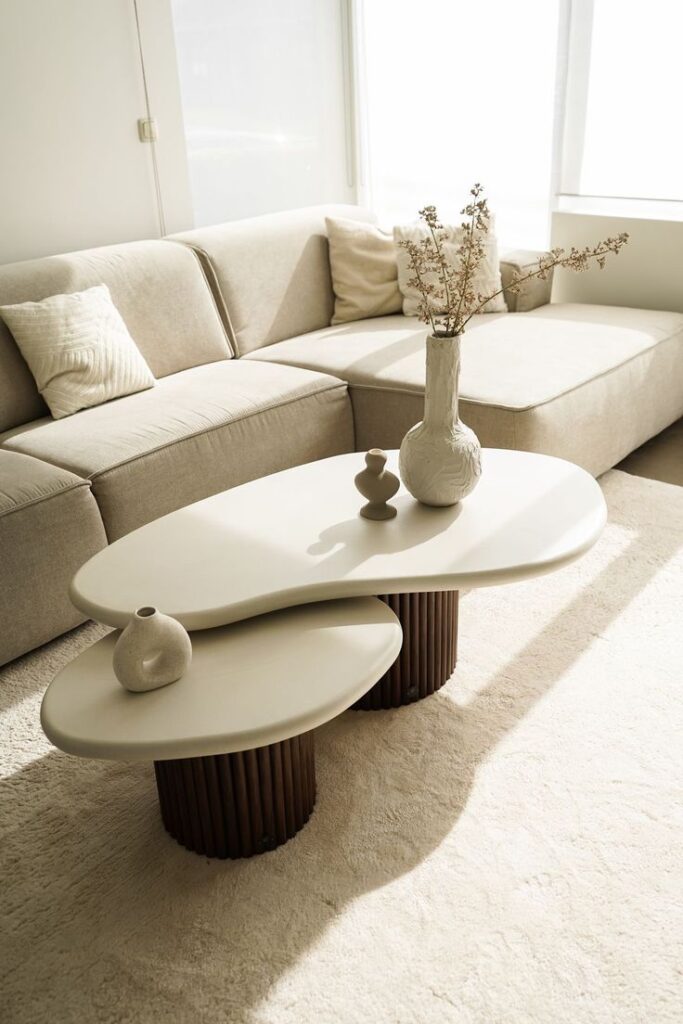
Multi-functional furniture saves space by combining two or more uses in one piece. For example, a sofa bed lets someone sit comfortably by day and sleep at night. Ottomans with hidden storage offer seating plus a spot to keep blankets or magazines.
Foldable tables or desks can be tucked away when not needed. Beds with built-in drawers underneath use often-wasted space for clothes or shoes. Furniture that can be moved easily, like lightweight chairs, gives flexibility in arranging the room according to needs.
Choosing pieces that balance style and function provides comfort without overcrowding.
Vertical Storage Ideas
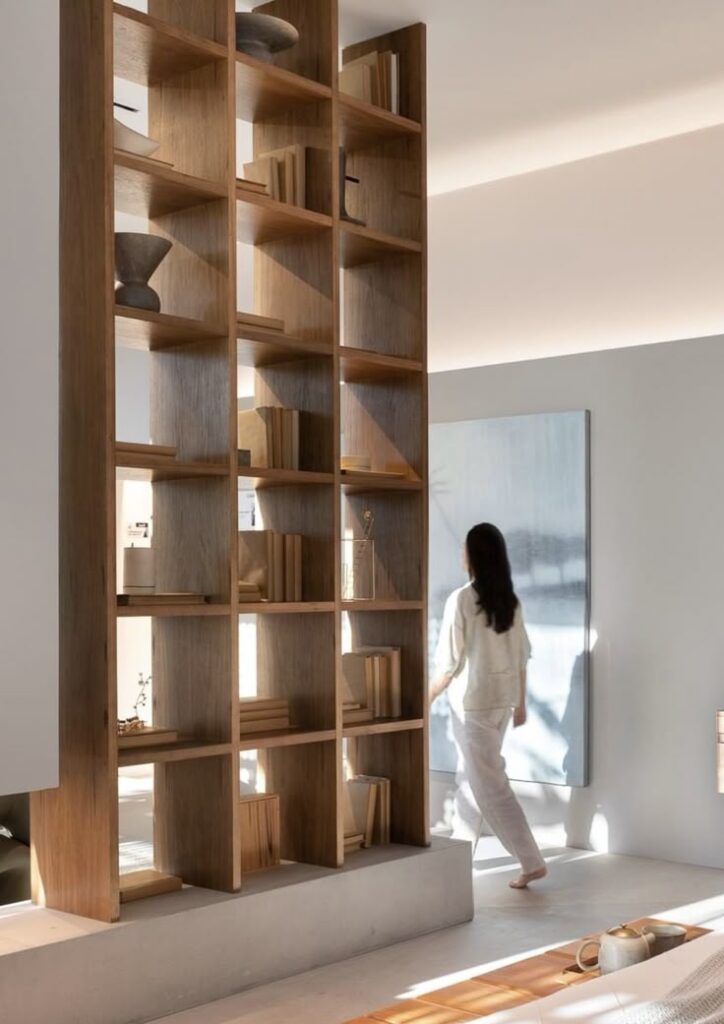

Using vertical space can open up floor area and reduce clutter. Shelves mounted on walls keep items off counters and floors. Tall bookcases or cabinets use the height of the room for storage.
Hooks and pegboards on walls can hold keys, bags, or kitchen tools, keeping surfaces clear. Over-the-door organizers make use of doors for shoes or cleaning supplies.
Stackable bins or drawers can fit in tight spaces while keeping things organized. Vertical storage helps make small spaces neat and accessible.
Personalization and Accessorizing
Adding personality to a home helps create a space that feels unique and inviting. Small details like art and textiles can change the entire look and mood of a room. These elements make a house feel like a home.
Art and Wall Decor
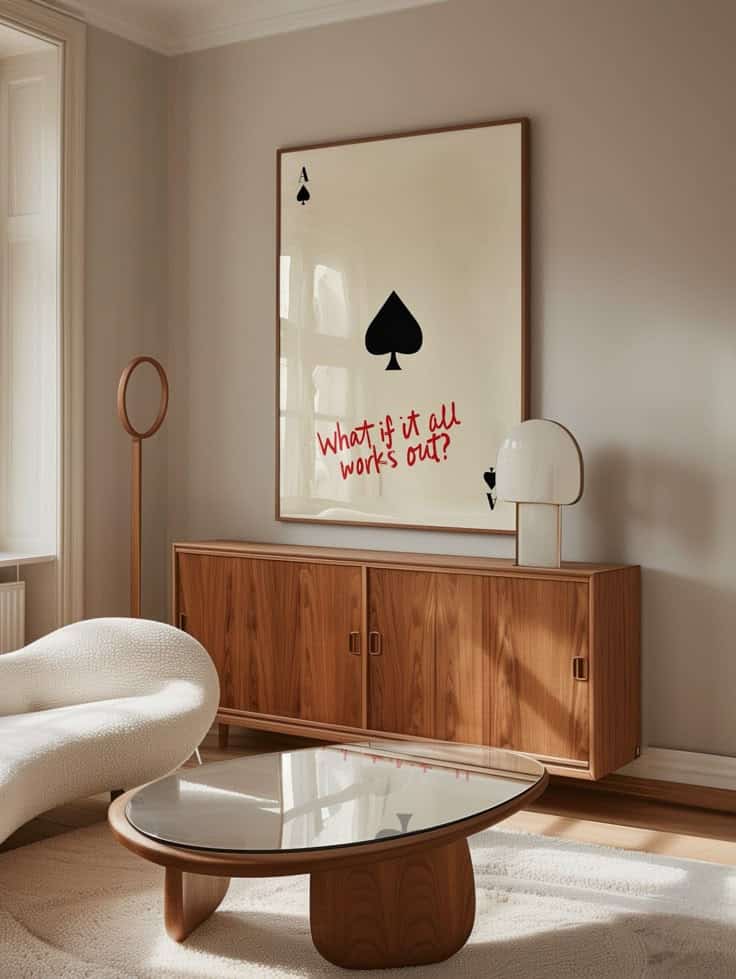
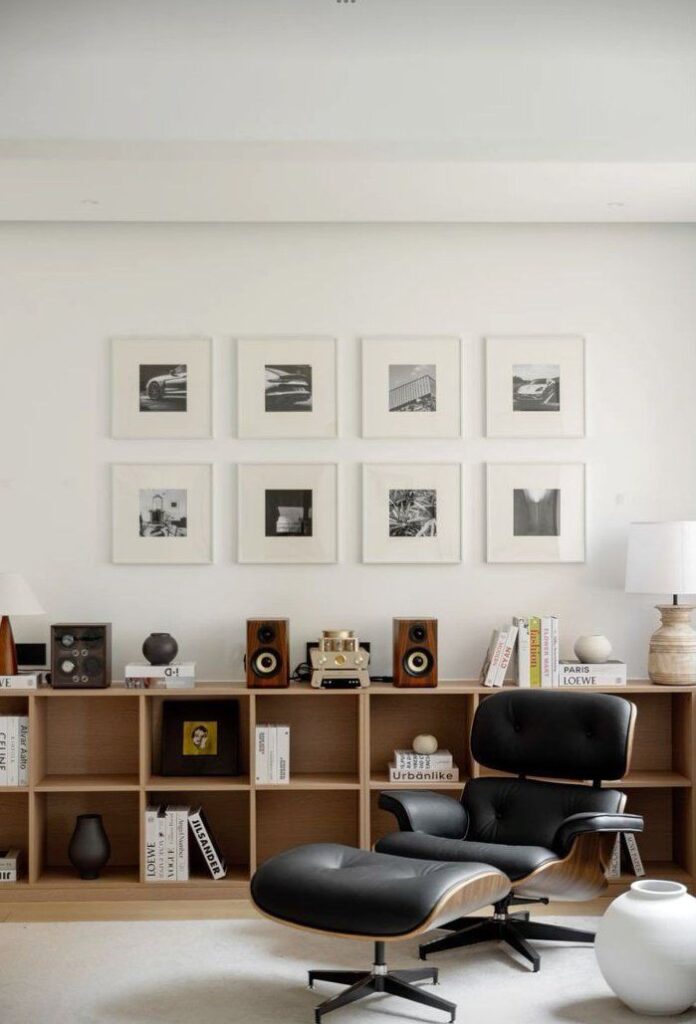
Selecting art that reflects personal taste makes walls more interesting. People can choose paintings, prints, or photos that tell a story or show their interests. Framing pieces properly enhances their impact and protects them.
Wall decor doesn’t have to be just pictures. Mirrors and wall sculptures add dimension and light to a room. Grouping smaller pieces into a gallery wall can create a strong visual focus.
Tips for choosing art:
- Match colors with room tones
- Use varied sizes for balance
- Hang art at eye level
Unique Rugs and Curtains
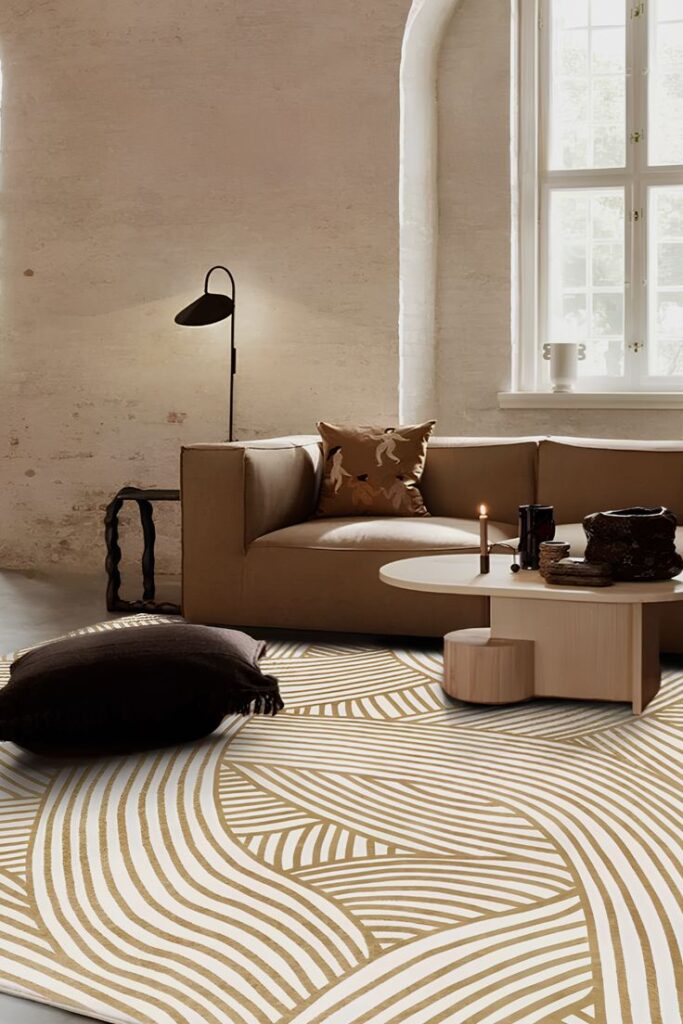
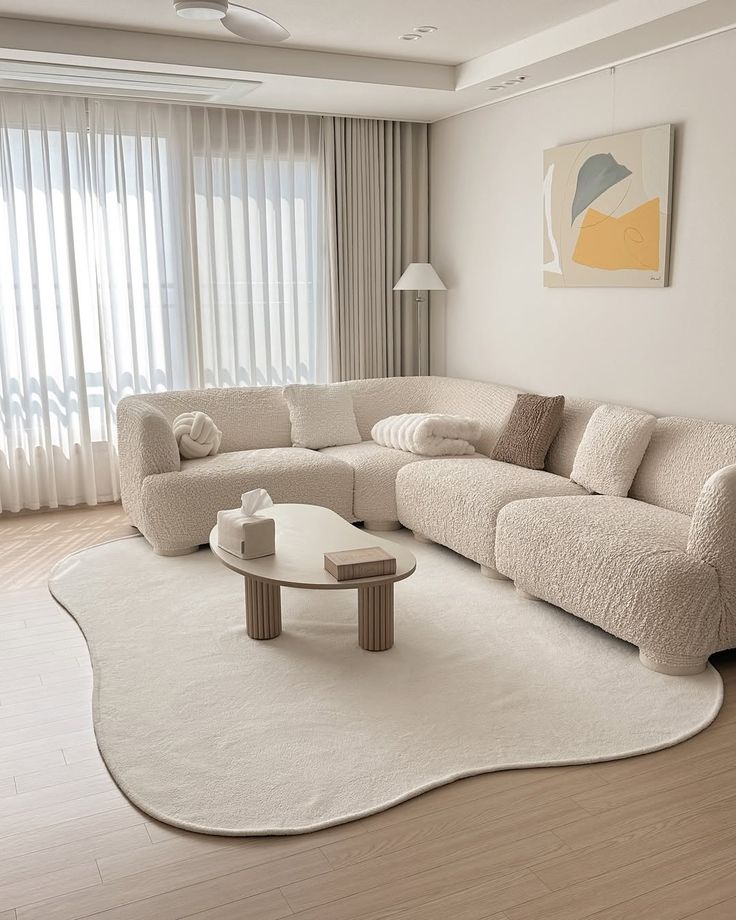
Rugs and curtains add texture and color to a room. Choosing patterns that complement the furniture can tie a space together. Rugs also protect floors and make rooms feel warmer.
Curtains can soften hard edges and control light. Sheer curtains offer privacy without blocking sunlight, while heavier drapes can make rooms cozy and quiet.
For style, consider these points:
| Element | Effect | Material Suggestions |
|---|---|---|
| Bold patterned rug | Creates focal point | Wool, cotton |
| Neutral curtains | Adds calm and simplicity | Linen, polyester |
| Layered rugs | Adds depth and contrast | Mix materials like jute and wool |
The right rugs and curtains should reflect the homeowner’s style while fitting practical needs.
Smart Home Technology Integration

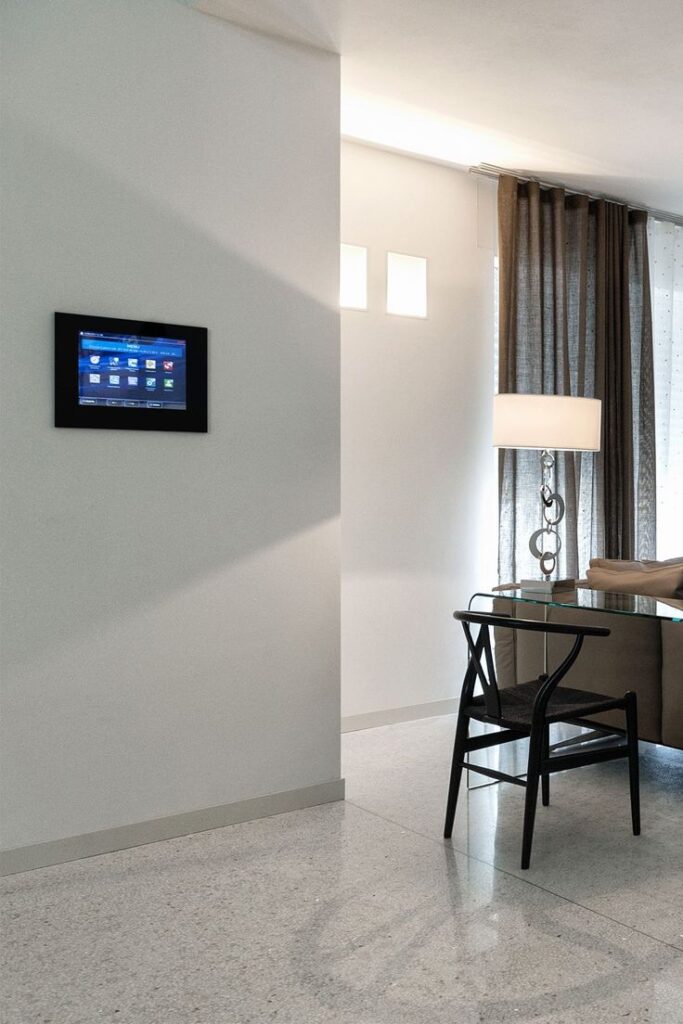
Smart home technology helps make interiors more convenient and efficient. Many people add devices that can be controlled by a phone or voice.
Lighting is one common feature. Smart bulbs allow users to adjust brightness and color to fit different moods or activities. This can save energy and create atmosphere.
Security systems are also popular. Cameras, smart locks, and alarms can be managed remotely. This adds safety without sacrificing style or comfort.
Heating and cooling can be controlled automatically. Smart thermostats learn habits and adjust temperatures to save energy and keep rooms comfortable.
Here is a simple list of popular smart home devices:
| Device Type | Purpose | Benefits |
|---|---|---|
| Smart bulbs | Lighting control | Energy saving, mood setting |
| Smart locks | Door security | Remote access, safety |
| Thermostats | Climate control | Energy efficient, comfort |
| Cameras | Home surveillance | Real-time monitoring |
Smart home integration fits well with many design styles. It’s important to choose devices that blend with the home’s look and function easily. This helps keep spaces clean and organized.
Tips for Seasonal Updates
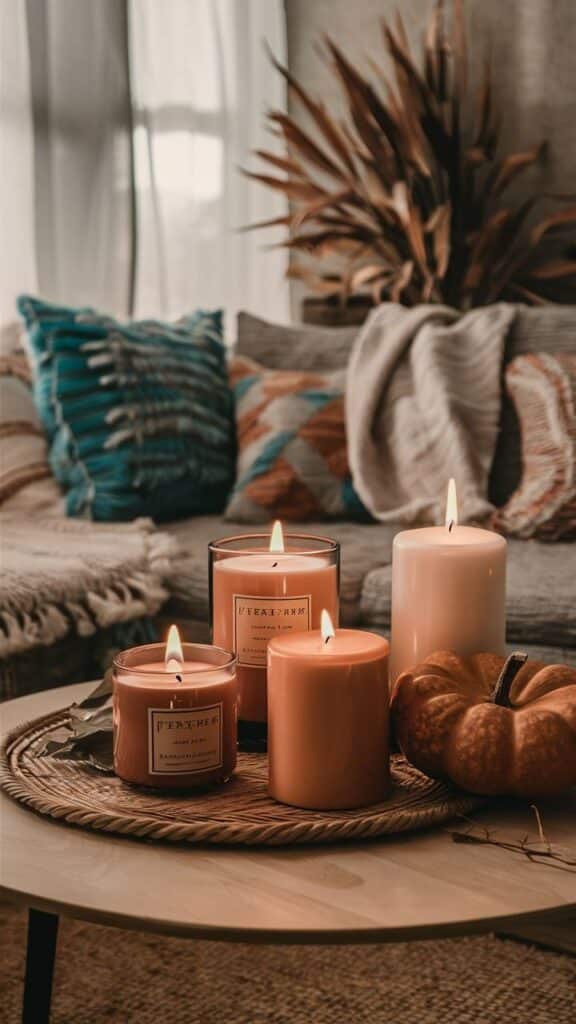
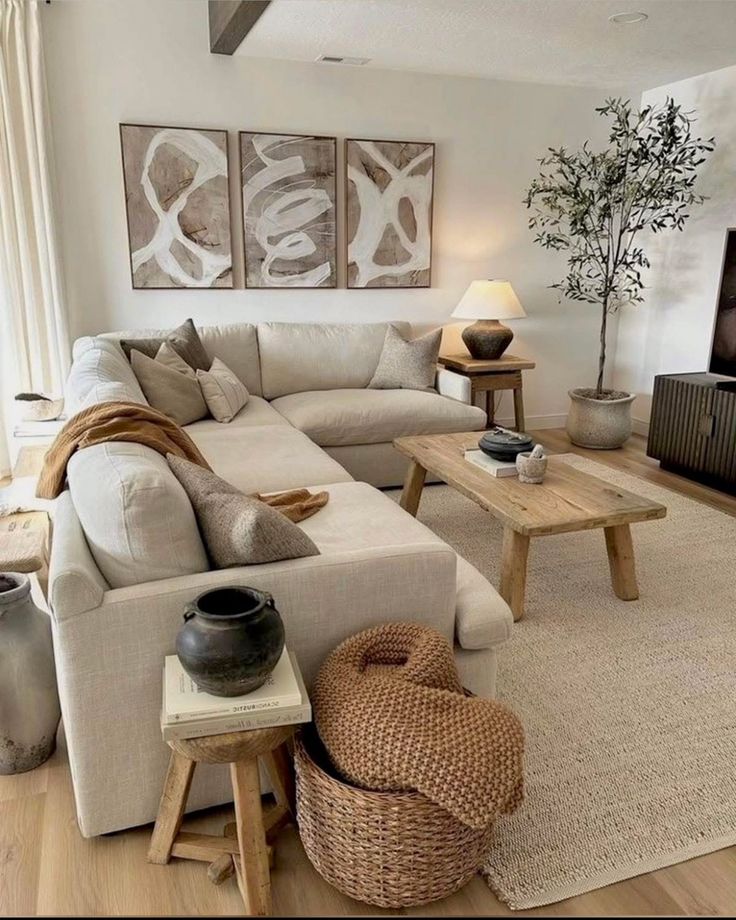
Changing a few items in a room can create a fresh look for each season. Start with easy swaps like throw pillows, blankets, or curtains. These small changes can bring new colors and textures without much effort.
Lighting is important for seasonal updates. In winter, warmer light bulbs can make a room feel cozy. During summer, natural light should be maximized by opening curtains or using light-colored window treatments.
Decorate with nature: Use seasonal plants, flowers, or branches. For example, spring can have fresh flowers, while autumn might feature branches with colorful leaves or pinecones.
Furniture placement can also change with seasons. In hot months, arrange seating closer to windows or fans for better airflow. In cold months, group chairs near a fireplace or heater to create warmth.
People often update artwork or wall decor for the season. They could switch framed pictures or add seasonal wreaths and garlands.
Here is a simple checklist for seasonal updates:
| Season | Suggestions |
|---|---|
| Spring | Bright colors, fresh flowers |
| Summer | Light fabrics, airy curtains |
| Autumn | Warm tones, natural elements |
| Winter | Cozy textiles, warm lighting |
This approach saves money and time while keeping interiors feeling current and comfortable throughout the year.
- 0shares
- Facebook0
- Pinterest0
- Twitter0


